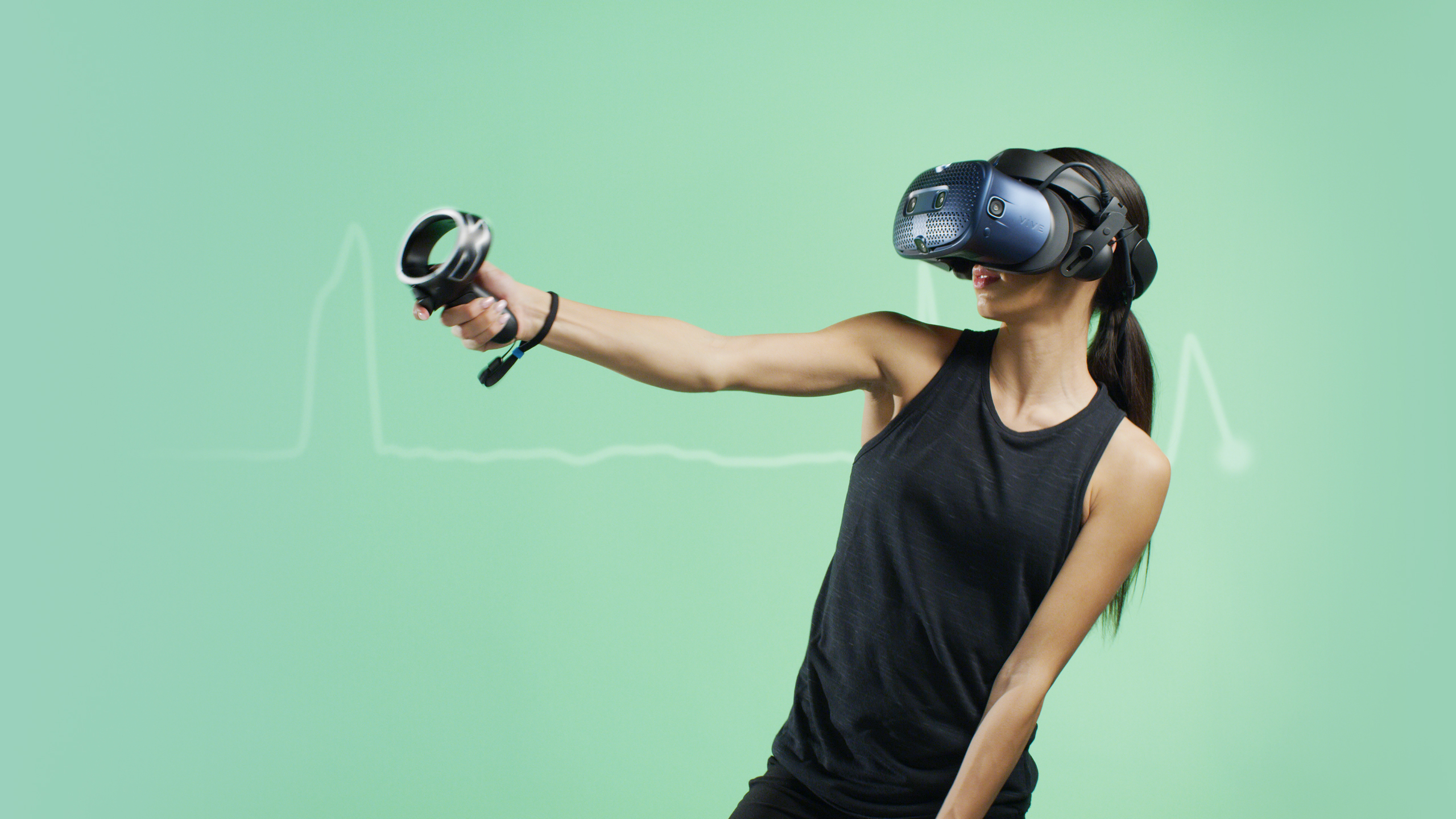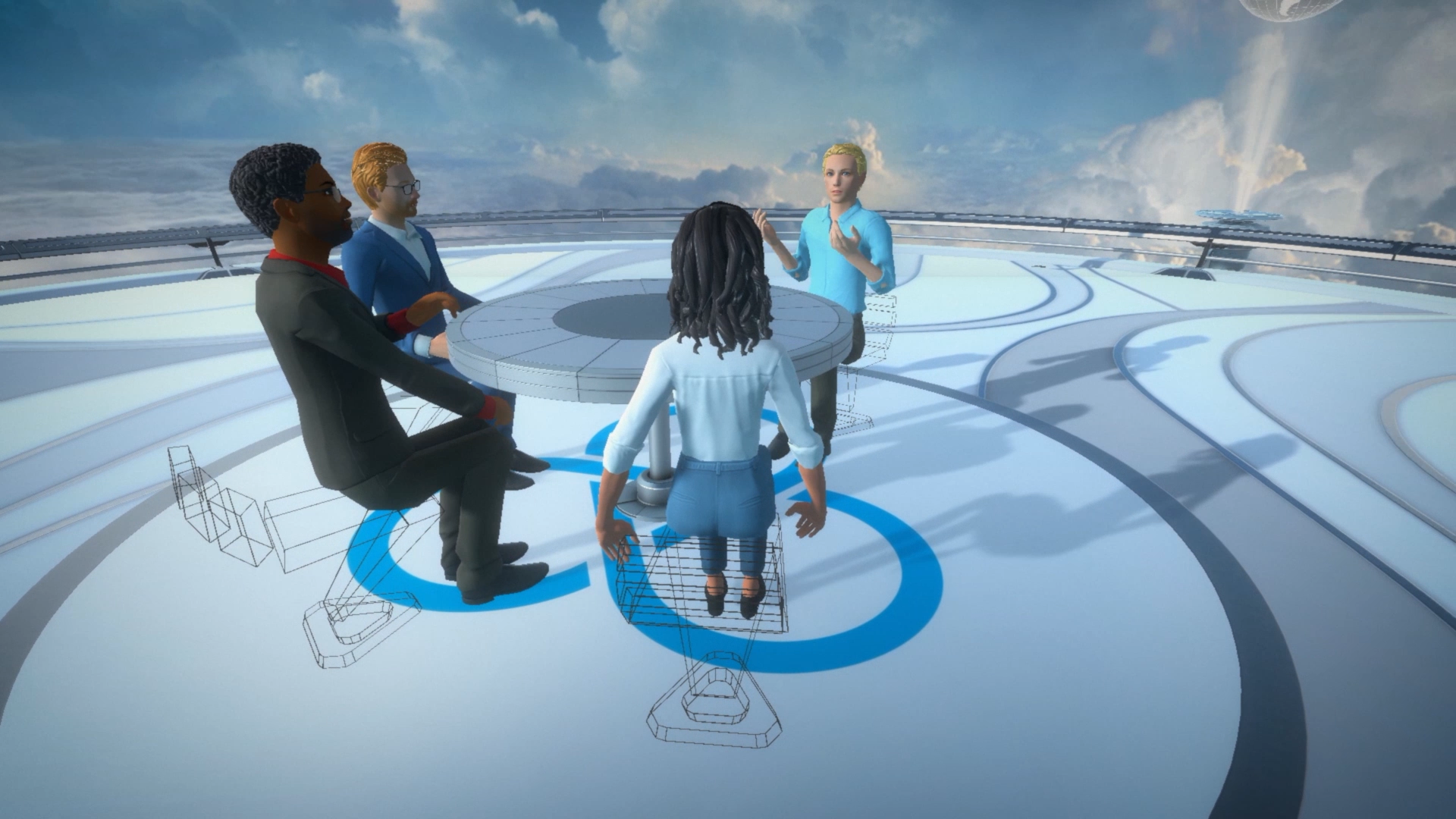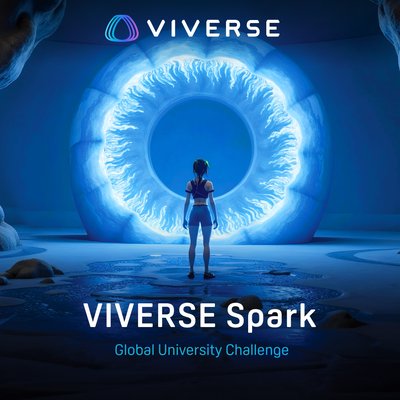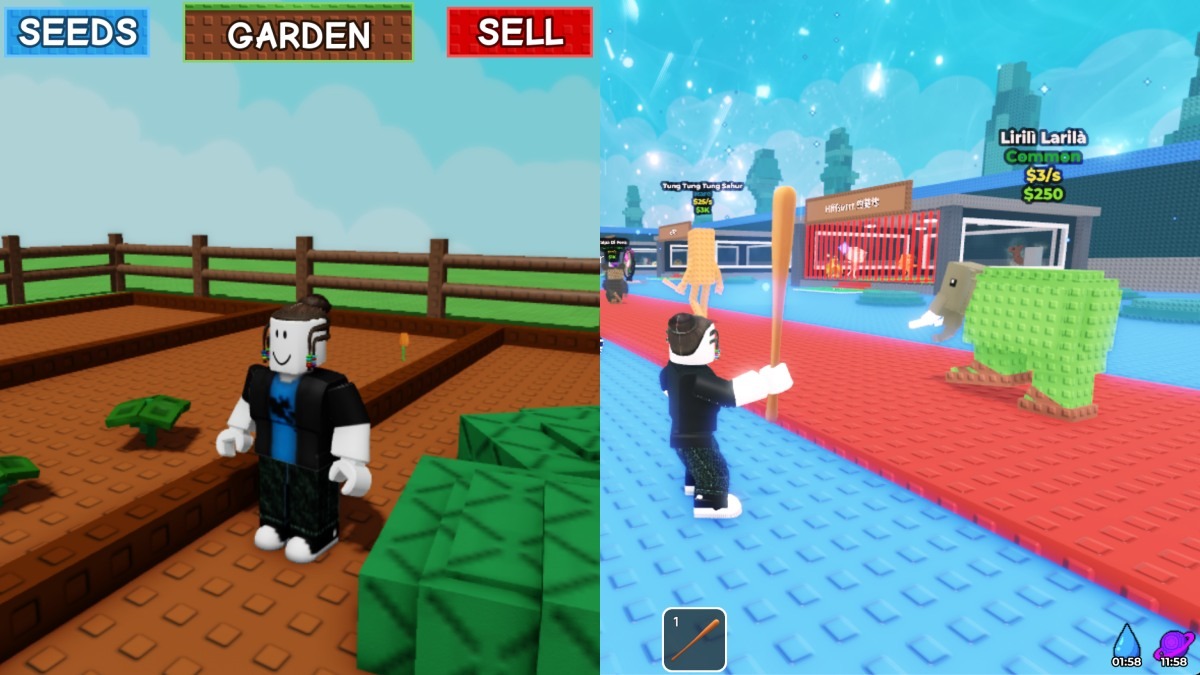
Virtuality Reality: an immersive way into the future.
What is Virtual Reality?
Virtual Reality has become more and more popular over the past few years. Especially during the world pandemic, people are seeking ways to connect with others remotely in a more immersive and empathetic way.
But what is VR? The easiest definition of virtual reality can be boiled down to an experience that uses digitally synthesized 360-degree environments to trigger and respond to a user’s digital inputs, creating the illusion of a continuous reality.
Sounds neat right? Well, those who have used virtual reality know it’s much more than that.
VR has been the catalyst and solution for many, many ideas and experiences that were once thought too difficult to make real.
The benefits of Virtual Reality include:
- VR has aided teachers in expanding students’ horizons
- VR has become a new tool in helping doctors and therapists rehabilitate patients
- VR has given designers the ultimate resource in realizing new ideas
- VR has helped distant loved ones communicate and bond with each other in a more immersive manner
- Of course, VR has also helped us blow off some steam by hunting down some zombies or jetting us into a futuristic, dystopian city, where only we have the power to save the world.
Virtual reality is truly an unending adventure with unlimited potential.
“What is Virtual Reality?” – The HTC VIVE Philosophy
We, at HTC VIVE take VR very seriously. We understand the benefits VR can play as an educator, entertainer, historian, builder, healer, and just about anyone who can dream.
For us, virtual reality is a dynamic experience that removes the everyday boundaries for just a moment or two and offers a unique experience to everyone who puts on a VR Headset.
Plainly put, we want you to get into Virtual Reality because we love VR and know what it can do.
So, let’s get started on the basics. And if you have more questions, we’re always here.
Why Virtual Reality is Right For You
VR offers something for everyone. Especially, in times like these where traveling and outside entertainment is less accessible than it was in the past, VR can replicate many of those experiences. Travel to the top of Mt. Everest, learn more about the farthest reaches of the galaxy, watch movies in a whole new way, and more.
The best part is, it’s accessible for the whole family.
What Do I Need to Know About Virtual Reality?
The best answer to that question is all you really need to know is that virtual reality can be immensely valuable for anyone, and is scalable depending on how you would want to use it.
Some key basics to know off-the-bat are some virtual reality devices require a computer to run (better known as PCVR), while other devices run by themselves (All-in-one VR), and each have their benefits.
But before you get into that, we wanted to share with you some commonalities between the two to give you some cursory knowledge about VR.
Here are two important key factors that can help you navigate your “What is virtual reality?” journey.
1. You’ve Got the Virtual Reality Look
Arguably, one of the most important features of virtual reality is screen resolution and visual fidelity. After all, the clearer you can see, the more you’ll allow yourself to be fully immersed in the experience.
Original virtual reality headsets relied on bulky lenses and low-resolution pixels, making the whole experience somewhat blurry.
However, rapid advancements in OLED and Real RGB pixel technology now produce crisp visuals, offering incredibly realistic imagery, regardless of pixel count.
Some may say OLEDs produce better black, while Real RGB has more vivid colors, so it is really a matter of preference. You also may have heard of virtual reality’s “screen door effect” which is due to the size of the headset screen pixels.
The bigger the pixels in their grid pattern, the more it would create the illusion that one was watching through a screen door. However, technology has found a way to pack smaller pixels, reducing the effect.
For our VIVE Cosmos VR Headset, we’ve nearly eliminated it altogether.
2. All the Right Virtual Reality Moves
Now, seeing things in virtual reality is cool, but you don’t have to stop there.
In fact, virtual reality is best when your movement isn’t limited by the headset.
The most ubiquitous term for movement in VR is called “degrees of freedom,” short for DoF.
Early VR kits were 3DoF, which stood for three degrees of freedom, meaning the headset would allow you to move your head up, down, and side-to-side, but restricted other physical movements like forward and backward.
6DoF, or six degrees of freedom, takes in the principles of 3DoF, but in addition allows users to move forward and backward, duck, and spin around (before those pesky zombies can grab you).
Most virtual reality kits are now standard 6DoF and offer greater versatility than 3DoF. Unless your main goal with VR is watching 360-degree videos, which only require 3DoF, we strongly suggest 6DoF for the best VR experience.
I’ve Got My Virtual Reality Kit, Now What?
So, you’re feeling a little more confident in selecting a VR kit. Congratulations!
But, what exactly can you do with it? Well, simply put, anything you want!
There are marketplaces that have been created specifically to get you the most and coolest VR applications out there making sure you stay immersed in VR for as long as you want.
We even have our very own VR Marketplace: Viveport Infinity, where for a small monthly fee you can try out over a thousand VR games, popular classics, 360-video, and more.
If we’ve whetted your appetite on the burning question of “what is virtual reality?”, feel free to visit us at VIVE.com to learn about our extensive family of virtual reality headsets and kits, or ask us a question or two on our VR social media channels.
We’re always happy to talk VR and will make sure you’re confident in understanding virtual reality so you can make the best decision to suit your interests.




